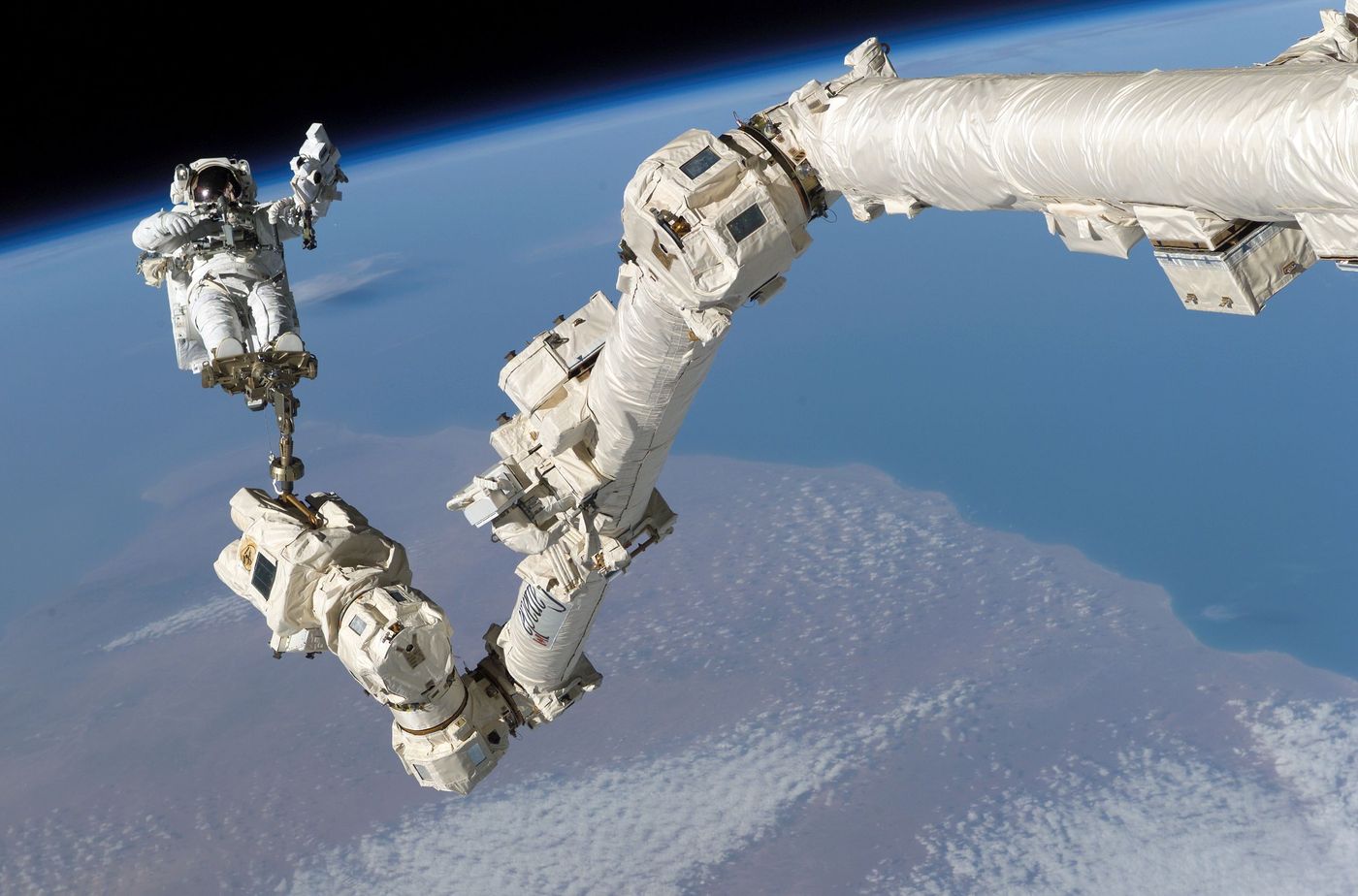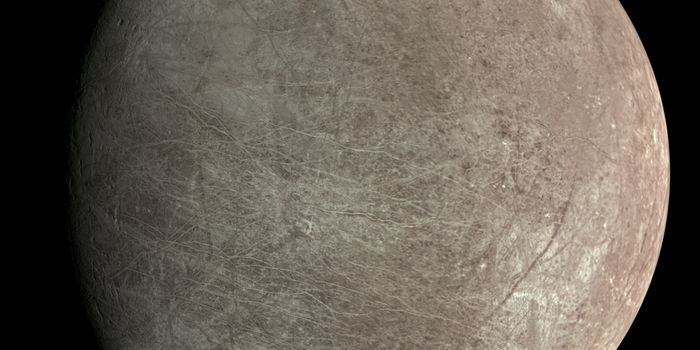Canada to Contribute Next-Gen Robotic Arm to NASA's Upcoming Lunar Gateway
It was just at the end of last year that NASA divulged its plans to resume lunar-centric science operations. Perhaps one of the most striking components of the space agency’s plan was to build an International Space Station-like research lab dubbed “Gateway,” which would orbit the Moon and act as a go-between for astronauts.
Intriguingly, the Canadian Space Agency has expressed interest in being a part of its construction. In addition to agreeing to provide supplementary funds that will help transform NASA’s Gateway vision into a reality, Canada said it would build and deliver a next-generation robotic arm much like the one that currently resides on the International Space station.
Image Credit: Steve Robinson/NASA
“Nasa is thrilled that Canada is the first international partner for the Gateway lunar outpost,” elucidated NASA’s acting administrator Jim Bridenstine. “Space exploration is in Canada's DNA. Our new collaboration on Gateway will enable our broader international partnership to get to the Moon and eventually to Mars.”
Related: Russia wants to build a lunar base by the 2030s
The robotic arm that Canada built for the International Space Station is called the Canadarm2, and it is frequently used for space station repairs and docking spacecraft with the Earth-orbiting space lab. As you might come to expect, the next-generation robotic arm will be called the Canadarm3 as a nod to its predecessor.
“Canadarm was essential to the space shuttle, Canadarm2 built the International Space Station, so it's only fitting and right that the arm that will repair and maintain the Lunar Gateway will yet again be made in Canada by Canadians,” added Justin Trudeau, Canada’s Prime Minister.
Canadarm3 will be capable of autonomously maintaining the Gateway even when astronauts aren’t home, and it could even operate science experiments in their absence. Much like its predecessor on the International Space Station, Canadarm3 would likely also tend to incoming and outgoing spacecraft, including but not limited to astronaut resupply missions and the likes.
Related: NASA astronauts repair the International Space Station's Canadarm2 on a spacewalk mission
Construction on the Moon-orbiting Gateway hasn’t started yet, but NASA purportedly aspires to begin and complete the project sometime in the 2020s. An official start date isn't yet set in stone, but the general goal is to have astronauts inhabiting the Gateway and conducting scientific experiments by the middle of the decade.
Despite how close the Moon is to our planet, we still know very little about it. That said, global interest in lunar exploration continues to grow with each passing day, so it should be interesting to see what we might learn from large-scale collaborations like this one. Perhaps it will propel deep-space research, bringing humanity one step closer to the eventual goal of traveling to Mars.
Source: BBC, CanadianPM









